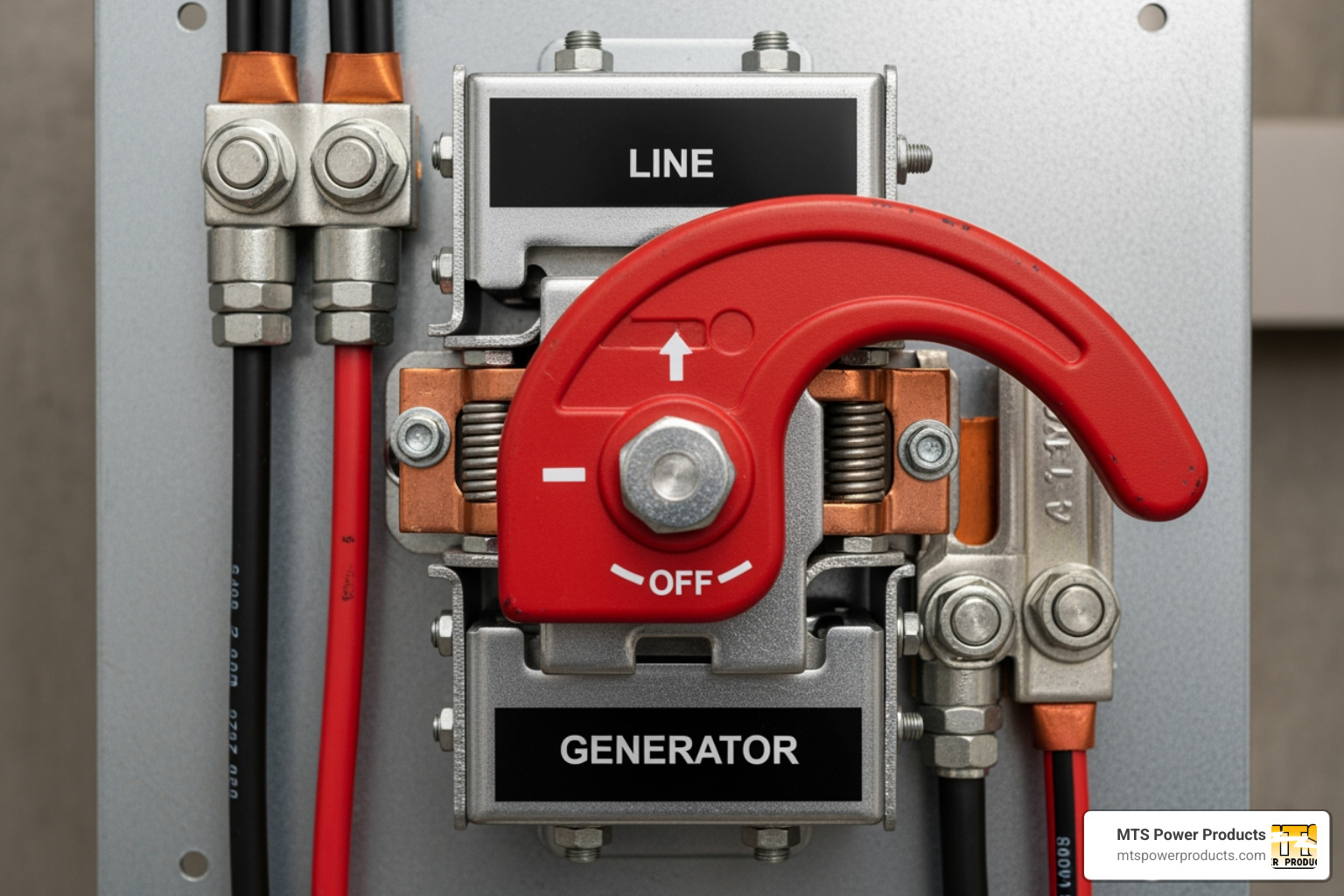
Buy Direct
from the Manufacturer
Sell our Products
Become a Distributor
Discounts
on volume purchases
Visit Us
at our Miami office
from the Manufacturer
Become a Distributor
on volume purchases
at our Miami office
Are you interested in a natural gas standby generator for your home or business? Standby generators have become increasingly popular with properties of all kinds.
Natural gas generators are one type of standby generator that can provide power when you need it most. All standby generators are a major investment that should not be taken lightly.
The following article will highlight some factors to consider when purchasing a standby generator for your home. Following these guidelines will help you get the most value from your standby generator.
If you have any questions or would like to speak with experienced generator manufacturers, please contact MTS Power Products today.
All standby generators can essentially be categorized by the kind of fuel they use to produce power. Fortunately, consumers have a large amount of choices when choosing a standby generator’s fuel source. Each fuel source has its own advantages and limitations that should be kept in mind.
A natural gas standby generator is a great choice for homeowners who live in a neighborhood supplied with natural gas lines. If this is the case in your neighborhood, then natural gas may be the best choice for your home.
It is important to remember that most standby generators are big. Although portable generators are smaller and more affordable, they can only be used temporarily.
A standby generator will require more wattage. The size of the standby generator will determine how much power it can supply.
For example, a home that uses a five-ton air conditioning unit will generally require at least 17.5kW. A professional electrician can assist you in choosing the right size for your natural gas generator.
The size of standby generators requires that they are installed properly. Some residential standby generators will come with a mounting pad. Larger standby generators will require a cement block to be properly installed.
All standby generators must be located outside the house very near or next to the fuel source.
